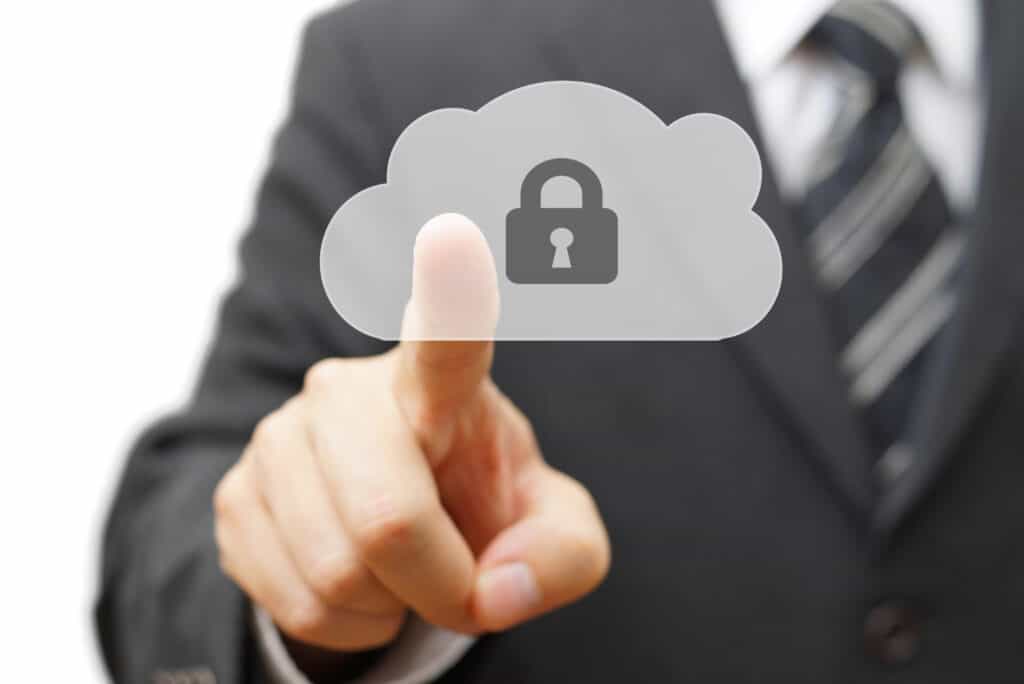Cybersecurity is a major concern for businesses of all sizes. Many large enterprises invest heavily in robust cybersecurity measures, while small and medium-sized businesses (SMBs) often underestimate the importance of protecting their IT management and digital assets.
Keep reading to explore why SMBs should embrace the same level of cybersecurity rigor as their larger counterparts.
Why SMBs Need to Invest in Cybersecurity
Businesses of all sizes are being targeted by hackers and cybercriminals as their methods become more sophisticated. In fact, SMBs have become prime targets for cyberattacks for several reasons, such as:
- 71% of all cyber attacks are on small businesses
- $83k average ransom asking amount
- 424% increase in attacks since 2020
- 60% small businesses attacked close down in a year
Easier Targets
Small and medium-sized corporations often lack the expertise and systems to defend against cyber threats effectively. Hackers are aware of this vulnerability, making SMBs low-hanging fruit for attacks.
Valuable Data
Although SMBs may not be as large as enterprises, they still manage sensitive customer data, financial and compliance information, and valuable intellectual property. This data constitutes a valuable resource for cybercriminals, making it imperative to ensure its protection.
Supply Chain Vulnerabilities
Small and medium-sized businesses (SMBs) that are part of larger supply chains can become appealing targets for attackers seeking entry into larger organizations. A security breach within an SMB can lead to a domino effect, causing repercussions throughout the entire supply chain.
Third-Party Vendor Risks
SMBs often rely on third-party vendors for various services. If one of these vendors experiences a security breach that impacts your data, it can reflect poorly on your business and lead to significant disruptions. Managing these risks involves careful vendor selection, thorough due diligence, clear contractual agreements, ongoing monitoring, and collaborative efforts to secure your entire business ecosystem.
Remote Work Challenges
With the rise of remote work, employees access company systems and data from various locations and devices. This expanded attack surface increases the risk of cyber threats. A comprehensive cybersecurity strategy that considers the unique risks of remote work, combined with ongoing employee training and awareness efforts, is essential to protect data and safeguard the reputation of the organization.
Data Protection Laws
Governments around the globe have recognized the importance of data protection and have enacted stringent laws to ensure that businesses handle customer data responsibly. These data protection rules mandate every business, regardless of size, to conform to particular standards and policies while managing client data. The possibility of huge fines in the event of a data breach or failure to comply with data protection requirements is one of the most important reasons for SMBs to invest in cybersecurity.
In addition to general data protection laws, certain industries, like healthcare and finance, have specific cybersecurity regulations. SMBs operating in these sectors must adhere to these rules to maintain their license to operate and avoid costly penalties.
Financial Consequences
Cyberattacks can be financially devastating for SMBs. The costs of investigating a breach, notifying affected parties, and restoring systems can be astronomical. SMBs may also face legal and regulatory fines for failing to protect customer data adequately.
Additionally, downtime resulting from a cyberattack can lead to significant revenue losses. SMBs may also suffer reputational damage by decreasing customer trust and loyalty.
Building an Enterprise-Level Cybersecurity Strategy
To protect yourself effectively, you need to think and act like an enterprise in terms of cybersecurity. Here’s how you can go about it:
Employee Security Awareness Training
Train your employees on possible threat types and cybersecurity best practices to create a culture of security awareness within your organization. Regularly update training programs to stay current with evolving threats.
Identify and Prioritize Assets
The first step in creating an enterprise-level cybersecurity strategy is identifying and prioritizing your digital assets.
What data, systems, and processes are mission-critical to your business?
This could include customer databases, intellectual property, financial systems, and more. By understanding the value of your assets, you can allocate resources effectively to protect what matters most.
Regular Updates and Patch Management
Ensuring all software and systems are consistently updated with the latest security patches is paramount to safeguarding your digital infrastructure. Cybercriminals frequently capitalize on well-documented vulnerabilities present in outdated software, leaving your organization susceptible to malicious attacks.
Risk Assessment
Conduct a comprehensive risk assessment to identify vulnerabilities and potential threats. This includes evaluating your existing cybersecurity measures and determining where the gaps lie. The goal is to pinpoint weaknesses and prioritize them for mitigation. Risks can range from outdated software and weak access controls to insider threats and emerging external threats.
Security Tools
Investing in robust cybersecurity tools and solutions can effectively detect, prevent, and respond to threats. This includes firewalls, antivirus software, intrusion detection systems, and more.
You can also enforce strict access controls, strong authentication methods like multi-factor authentication (MFA), and least-privilege access to limit potential breaches.
Continuous Monitoring and Adaptation
Cyber threats are dynamic, so your security measures must evolve in tandem. Continuous monitoring involves real-time or near-real-time monitoring of your organization’s network, systems, and endpoints. This can be achieved through the use of security information and event management (SIEM) systems, intrusion detection systems (IDS), and other monitoring tools. These solutions analyze network traffic, system logs, and user behavior to identify potential threats.
Incident Response Plan
Develop a detailed incident response plan that outlines the steps to take during a cyber incident. This can help minimize damage and downtime.
Regularly test your cybersecurity measures through simulated attacks and drills. This will help you identify weaknesses and refine your incident response plan. The more prepared your team is, the better you can mitigate the impact of a real security incident.
Investing in cybersecurity isn’t just about defending against threats; it’s also a valuable selling point. Demonstrating a commitment to safeguarding customer data can attract new clients who prioritize security and give you an edge over competitors who may be less secure.
An enterprise-level cybersecurity strategy demands smart and appropriate investment in both talent and technology. Employ cybersecurity experts like the team at CMIT Solutions Silver Spring who can oversee your strategy and keep up with the evolving threat landscape. We provide multi-layered solutions to make sure your business is always protected. Contact us today for top-tier cybersecurity services.





